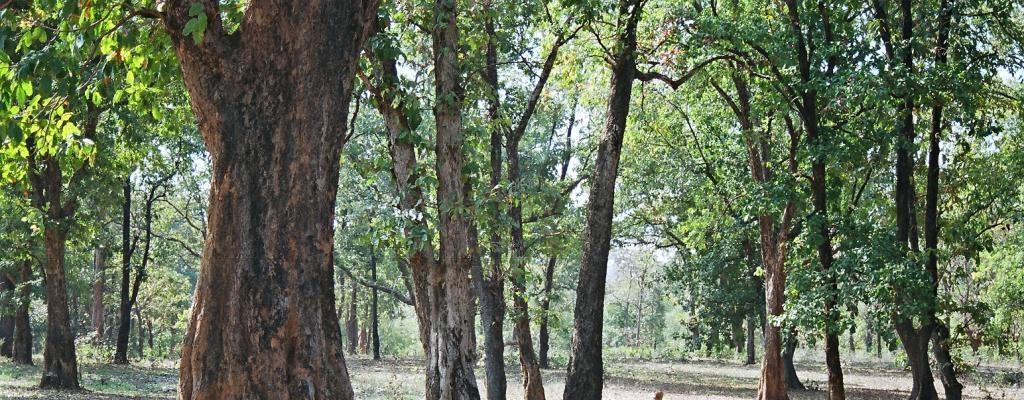

Standing committee of the National Board for Wildlife gave nod to carry out 68 projects in protected areas



A total of 481.56 hectares (ha) of forest land in protected areas — which comprise wildlife sanctuaries, national parks and conservation reserves) — was diverted for developmental projects by the standing committee of the National Board for Wildlife (NBWL) in 2019.
The information was published in paper Analysis of Wildlife Clearances in India, 2019 (January-December) on August 6, 2020. The analysis was carried out by the Delhi-based environmental law firm, Legal Initiative for Forests and Environment.
The forest land was diverted to carry 68 developmental projects such as irrigation, railways, mining, etc. The standing committee considered a total of 156 projects in 2019, of which 68 were to be carried out in protected areas.
Three railway projects accounted for 53 per cent of the total forest land diverted.
NBWL is statutory organisation constituted under the Wildlife Protection Act, 1972. It advises the Union government on framing policies and measures for the conservation of wildlife in the country.
“A total of 481.56 ha were diverted in wildlife sanctuaries, national parks and conservation reserves; only one proposal was rejected,” the paper said.
At least 87 per cent (418.70 ha) of the total diversion was for linear projects; seven per cent (35.83 ha) for irrigation; four per cent (17.5 ha) for infrastructure facilities; and rest two per cent (9.52 ha) for mining and quarrying.
Diversions for linear projects included railway projects (256.05 ha of forest land), roads (69.59 ha), transmission lines (46.04 ha), bridges (20.19 ha), tunnels (19.43 ha) and pipelines (7.39 ha).
Forest land diversion for railway projects — which accounted for 61 per cent of the total linear project diversions — comprised three railway projects: Mumbai-Ahmedabad High Speed Rail (bullet train, Maharashtra), Castle Rock-Kulem-Madgaon Railway Doubling Project (Goa) and Sakri-Biraul- Kusheshwar Asthan Railway (Bihar).
The analysis said:
With respect to construction / repair of roads passing through protected areas and tiger reserves, the sub-committee of NBWL has issued guidelines. It was recommended by the sub-committee that status quo of the roads passing through core / critical tiger habitat (CTH) of tiger reserves and within one-kilometre zone of the CTH will remain the same. This means that no widening or upgradation of the existing road would be allowed.
It added if there is an existing tarred road in such an area, it would be maintained as such, and no widening of the tarred surface or the road would take place.
“Given these guidelines, the standing committee approved construction of roads within CTH of Rajaji Tiger Reserve and upgradation of roads within Melghat Tiger Reserve,” the analysis said.
“Many projects in the protected areas are being recommended without carrying out any study on their environmental impact with respect to wildlife. Many projects do not fall within the purview of the Environment Impact Assessment notification. Comments of only the divisional forest officer are considered,” said RK Singh, one of the lead authors of the analysis.
He added that several projects, such as defence infrastructural projects, are non-site specific and could have been undertaken someplace else.
“They could have been undertaken outside the protected areas. The setting up of projects within protected areas increases human-animal conflict,” Singh said.
We are a voice to you; you have been a support to us. Together we build journalism that is independent, credible and fearless. You can further help us by making a donation. This will mean a lot for our ability to bring you news, perspectives and analysis from the ground so that we can make change together.

Comments are moderated and will be published only after the site moderator’s approval. Please use a genuine email ID and provide your name. Selected comments may also be used in the ‘Letters’ section of the Down To Earth print edition.